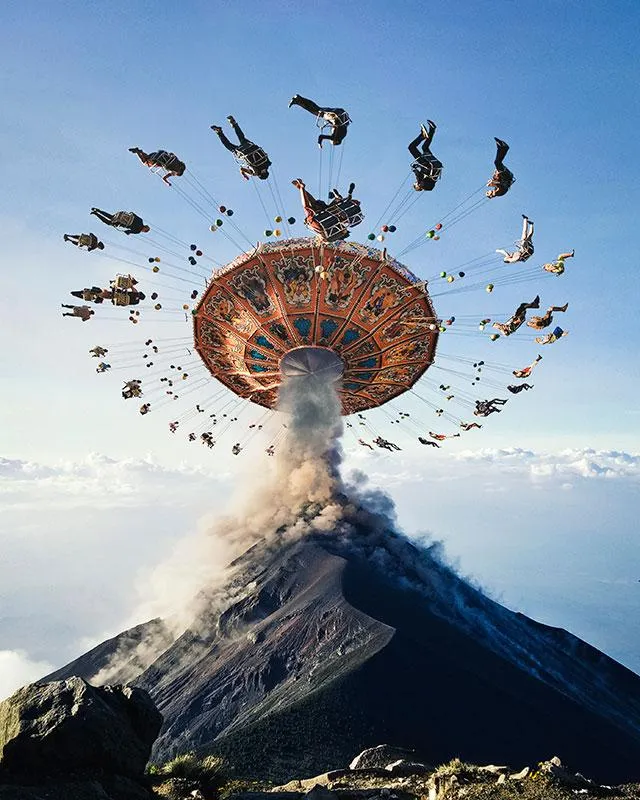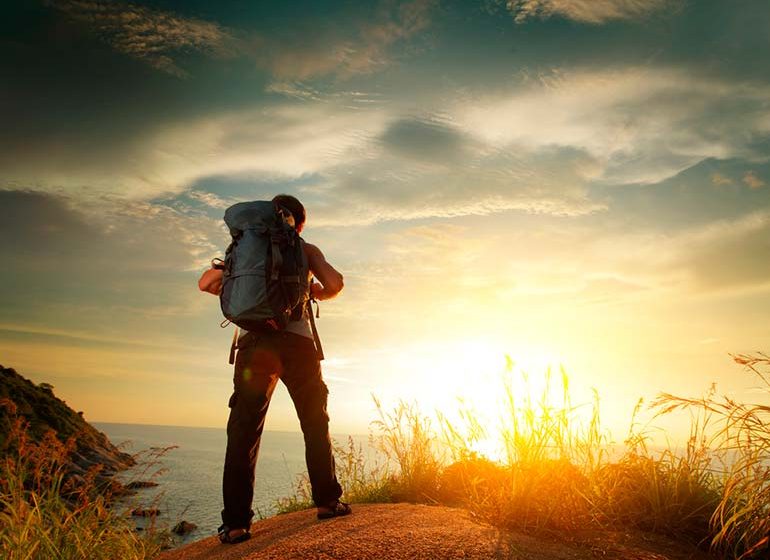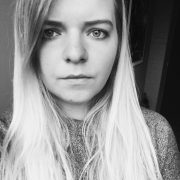Exploration Beliefs: Interview With Annick Donkers
Annick Donkers is an exceptional photographer that has embarked on a lifetime of adventures. Her career has led her to some of the most interesting places and her prominent work showcases a different side to cultures. In her work, Annick explores beliefs in European and Mexican culture. Today she shares her story, ideas behind her photo shoots and her invaluable advice for photographers.
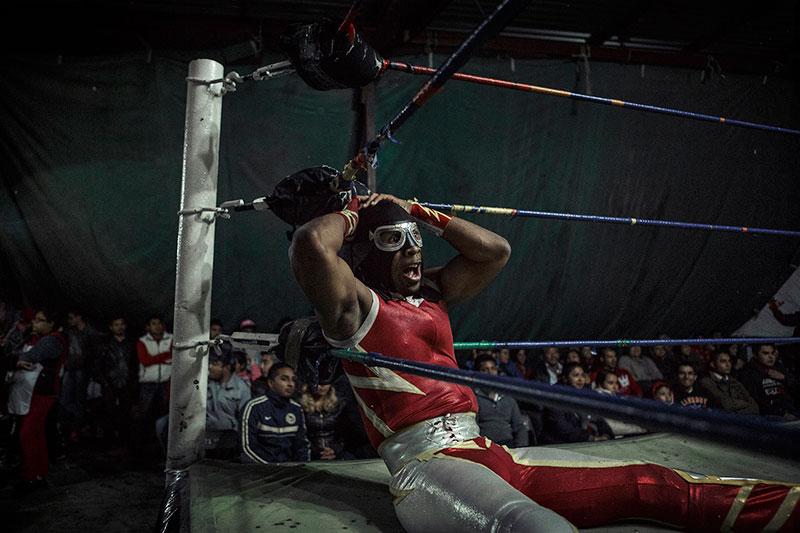
Can you describe that moment (experience, emotion, situation) when you knew that photography was something you had to do?
When I started with photography, I didn’t have the intention of becoming a photographer. It was just a hobby and I took an evening class in photography and in Spanish while working at a market research company in Brussels during the day.
I started taking my first pictures at a Ballet school in Antwerp. So I was standing there with my analogue camera and 3200 film, having no idea what I was doing. Although I didn’t take any good dance pictures, I could grasp the ambience and the director of that school told me there was something in my pictures and encouraged me to continue. I also had this teacher at my evening class who really encouraged me to continue.
I think it was when I started travelling and photographing in Mexico that I really thought this was what I wanted to do. It suddenly all made sense, like the combination of my photography and Spanish studies, the research and analysis at the market research company and my psychology studies. And suddenly it all started flowing, I had my first exhibition, got a scholarship of the Mexican government and got accepted at the Contemporary Photography Seminar at the Centro de la Imagen in Mexico City.

What has your career path been like ever since?
Choosing a career in photography is not an easy way and sometimes I really ask myself why I am doing this. I think you need a lot of discipline and you have to be very fanatic. There is so much competition that you start doubting yourself. But since I have entered the Sony Awards in 2016 and was selected in editorial sports, it suddenly opened up a whole new world and I got people mailing me from everywhere around the world.

What are some struggles that you’ve come upon in your career, and how have you overcome them?
Working as a female photographer in a Latino country hasn’t been always easy. Sometimes you have to fight against this macho culture. But keeping distance and going my own way helped me to be where I am today. But being a woman can also be a benefit.
I also had to fight against my shyness. I focus on people in my projects and in the beginning, it was really hard to come very close. I had this teacher telling me “if you are getting closer and are not on top of it, don’t show me your pictures again”. I think it helped. Thanks to my camera I can make a click in my head and gives me an excuse to enter these worlds that I normally wouldn’t enter.
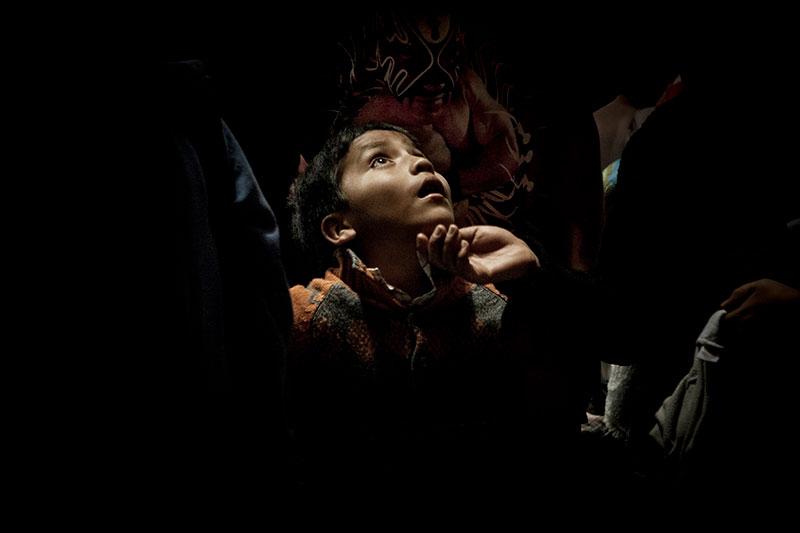
What technology/software/camera gear do you use that makes you productive and helps you deliver your best work?
I think photography isn’t about the gear but more about your view and connection with a situation. When I was teaching, I always told my students to shoot with the camera they had. I showed them a video of Anders Petersen who has this point-and-shoot camera and makes the most incredible pictures. For him, it is all about the connection and not about the camera.
I started taking pictures with a Canon AE-1 camera that I borrowed from my dad. When I started photographing in color and in the streets of Mexico City I took a lomo camera with me. It helped me to come closer to people and they wouldn’t take me very serious or see me as threatening. Now I have a Canon 5DIII and for the Lucha Libre Extrema series it helped me a lot because the light conditions were really difficult.

What motivates you to continue shooting and doing what you do?
I feel it is something I have to do. I am getting nervous when I am not photographing for a while or when I have to wait for permissions. I just came back from Belgium where I have had surgery and a long recovery period. I really felt impatient to continue the series I am currently working on.
What are some resources that helped you improve your skills as a photographer?
A teacher showed me the work of Luc Delahaye. He has this book “Winterreise” about his trip in Russia but his use of color is so amazing that it showed me what you can do with color. Before I was more of a black and white photographer. Also, Harry Gruyaert’s book “Made in Belgium”, helped me to have another look at my own country. I think Magnum photographers in general are a real inspiration. And I browse a lot online seeing what other photographers produce and go to exhibitions to see what is going on.

What are some of the themes you explore in your works that are personally very close to you and what do you try to communicate through your work?
A lot of my work is centered around beliefs. I think it draws my attention because I have a catholic background, went to catholic schools and as a kid I went to church every week. In Belgium it is very serious, in Mexico it is mixed with things like passion, so I found that interesting. Currently I am more into magical beliefs, I think it is a part we have lost in Europe but is still alive in Mexican culture.
I also focus on Lucha Libre, more out of a personal interest. I am a huge fan. But I try to portray it in a different and personal way. I don’t consider myself a Wrestling photographer, I try to focus more on the person behind the wrestling or focus on underground scenes like the Lucha Libre Extrema. In this series about Lucha Extrema it shows also the violence in Mexico that is part of daily life. That is why I turned my camera to the viewer because for me, the first time I went, was quite shocking and I couldn’t understand why people wanted to see violence if there is already so much violence in Mexican society. But I have to admit, you get addicted to it after a while.
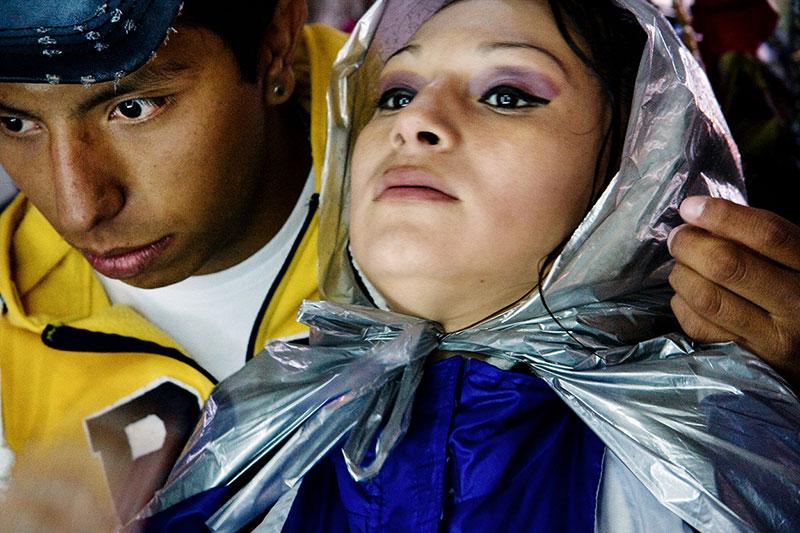
Among your projects, which series or a single photograph is your favourite? What’s the story behind the project or photograph?
One of my favorite pictures is one of the first color pictures I took in Mexico in a Huichol indigenous community. A friend of mine started painting with the children and we noticed how creative they were. We ran out of paper so they started painting themselves.
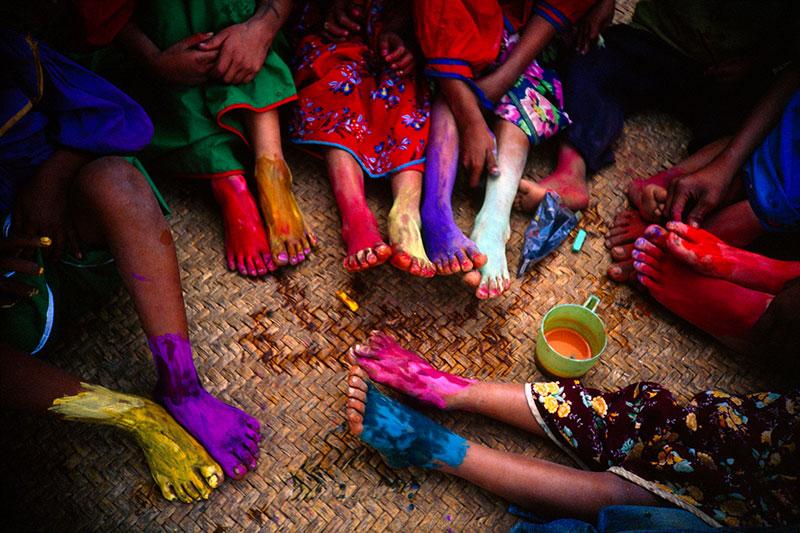
What have you learned so far from being a photographer?
I feel like I am learning new things every day, about photography, about people, but also about myself.
What are some resources that you would recommend for someone that wants to take photography seriously?
One of the first books I bought was this thick orange book with magnum photographers.
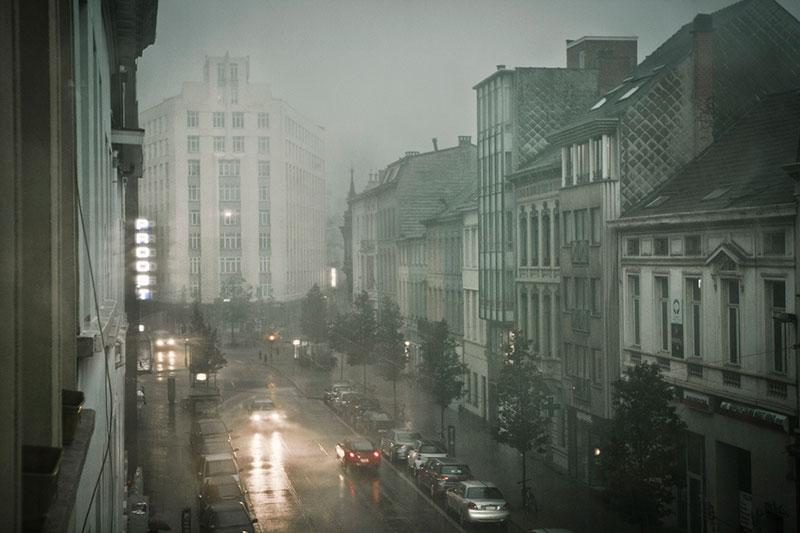
What do you think makes a winning photograph?
For me personally it is when the picture leaves an emotion, when it fascinates you and when I am thinking “how did they do that?”. But it is always hard to know what they are looking for in a competition, it is very subjective and series that function in one competition don’t function necessarily in another one.
To see more work by Annick Donkers, visit her personal website, blog, or follow her on Twitter.





